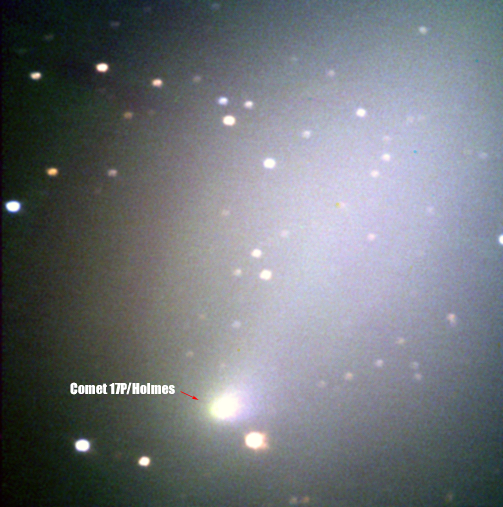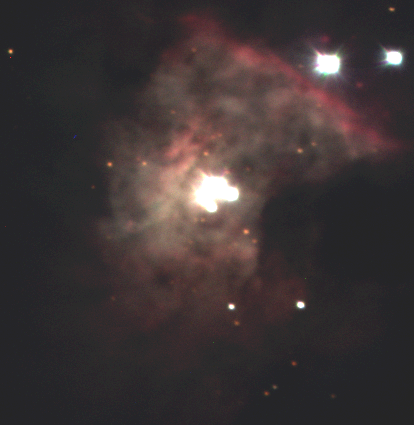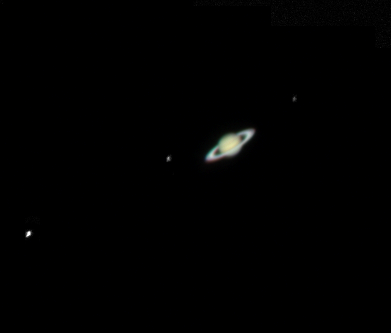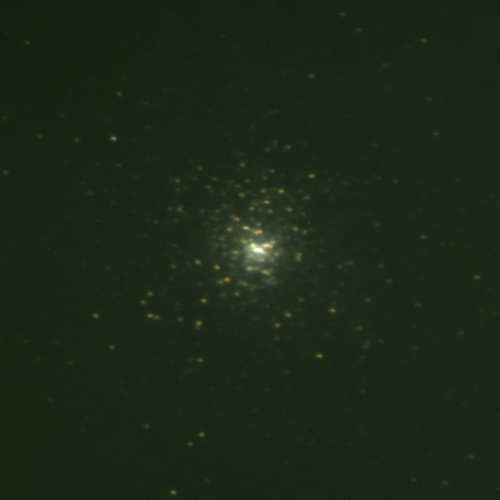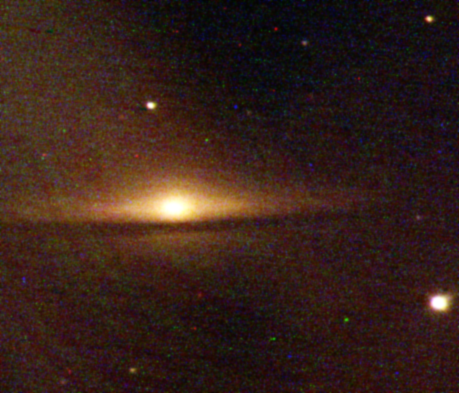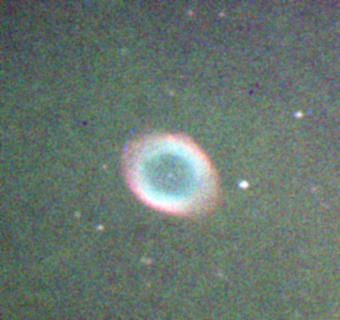The Ring Nebula
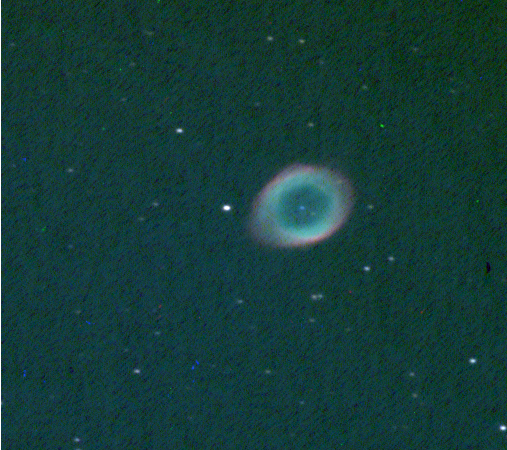
Messier 57, also known as the Ring Nebula, is the last vestiges of a dying star (the bluish dot in the center). In about 5 billion years, our own Sun will undergo a stage much like this, although we will have long ago ceased to care, as the Earth will have been baked to a lifeless cinder in the previous billion years as the sun passes through the Red Giant stage.
